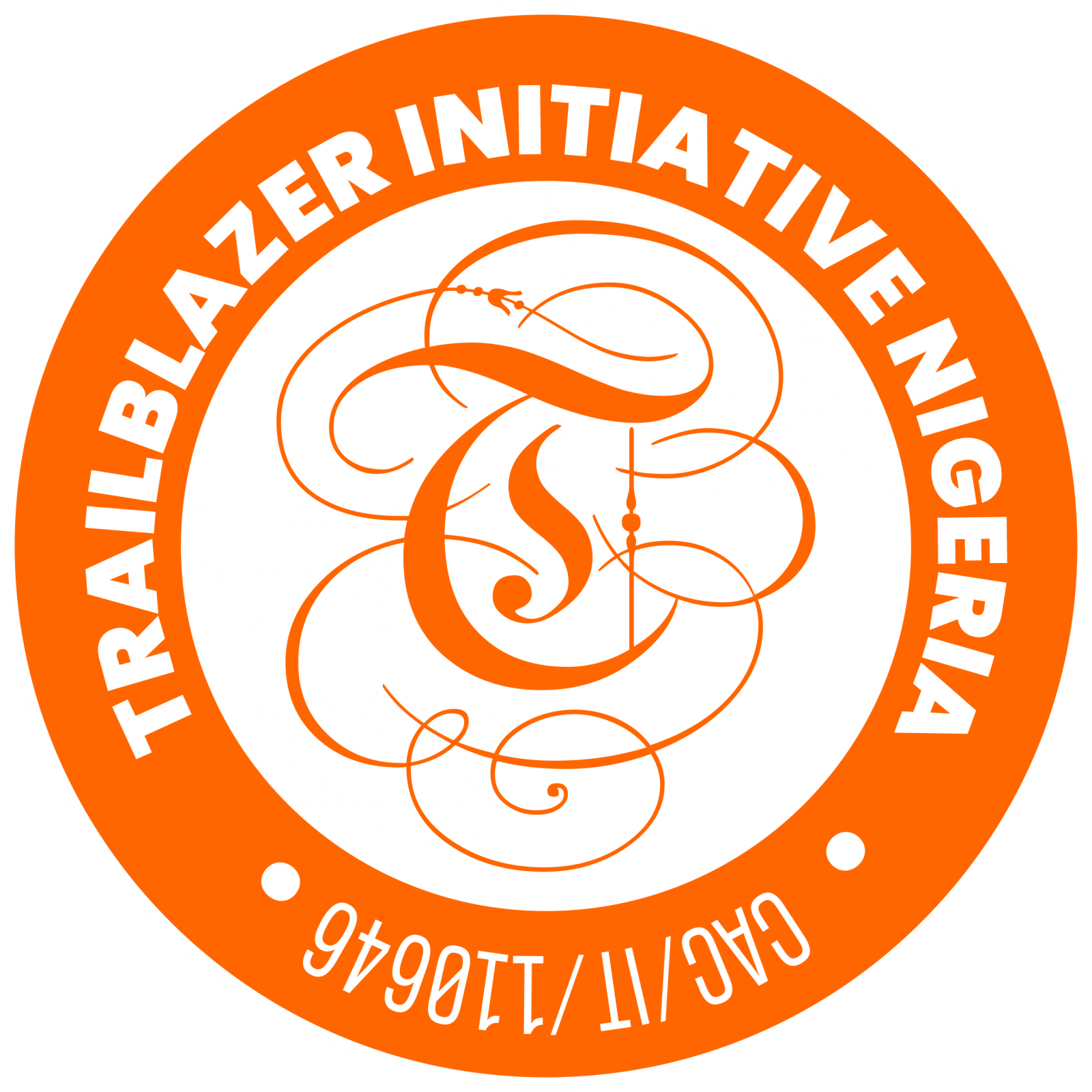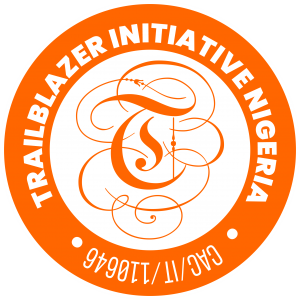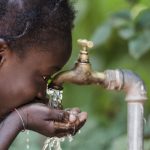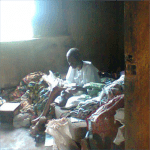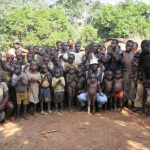
Leprosy is a chronic bacterial infection with Mycobacterium leprae. It primarily affects the skin, mucous membranes (e.g. nose), peripheral nervous system (nerve function), eyes and testes. The form the disease takes depends on the person’s immune response to the infection.
Leprosy is also known as Hansen disease and is one of the oldest known diseases of mankind. It is curable but if untreated can lead to severe deformities.
Types of leprosy

There are several forms of leprosy that range from the mildest indeterminate form to the most severe lepromatous type. More severe forms arise because of less effective immune response to the infection. Most of those infected mount an appropriate immune response and never develop signs of leprosy.
Depending on clinical features, leprosy is classified as:
• Indeterminate leprosy (IL)
• Tuberculoid leprosy (TT)
• Borderline tuberculoid leprosy (BT)
• Borderline borderline leprosy (BB)
• Borderline lepromatous leprosy (BL)
• Lepromatous leprosy (LL)
Patients with indeterminate leprosy, a very early form of leprosy, may either be cured or progress to one of the other forms of leprosy depending on their immune status. Within each type of leprosy, a patient may remain in that stage, improve to a less debilitating form or worsen to a more debilitating form depending on their immune state. Lepromatous leprosy is the only form that never reverts to a less severe form.
Who is at risk of leprosy?
Leprosy can affect people of all races all around the world. However, it is most common in warm, wet areas in the tropics and subtropics. Worldwide prevalence is reported to be around 5.5 million, with 80% of these cases found in 5 countries: India, Indonesia, Myanmar, Brazil and Nigeria. In New Zealand we most often come across cases from Samoa, Tahiti and the Cook Islands.
Leprosy presents most often during two different periods of life, between the ages of 10 and 14 and in those aged 35-44 years old. It is rarely seen in infants.
What are the signs and symptoms of leprosy?

Once infected with the mycobacteria, the average incubation period is two to three years, but it can range from 6 months to 40 years or longer. In 90% of patients the first sign of the disease is a feeling of numbness, which may precede skin lesions by a number of years. Temperature is the first sensation lost, followed by light touch, pain and then deep pressure. Sensory loss usually begins in the extremities (toes and fingertips).

Borderline tuberculoid leprosy
The first skin lesion is usually the indeterminate type, which causes one or a few hypopigmented (pale) spots before evolving into the borderline, tuberculoid or lepromatous types.
Leprosy type and Features
Tuberculoid
• Can be either one large red patch with well-defined raised borders or a large hypopigmented asymmetrical spot
• Lesions become dry and hairless
• Loss of sensation may occur at site of some lesions
• Tender, thickened nerves with subsequent loss of function are common
• Spontaneous resolution may occur in a few years or it may progress to borderline or rarely lepromatous types
Borderline tuberculoid
• Similar to tuberculoid type except that lesions are smaller and more numerous
• Disease may stay in this stage or convert back to tuberculoid form, or progress
Borderline borderline
• Numerous, red, irregularly shaped plaques
• Sensory loss is moderate
• Disease may stay in this stage, improve or worsen
Borderline lepromatous
• Numerous lesions of all kinds, plaques, macules, papules and nodules. Lesions looking like inverted saucers are common
• Hair growth and sensation are usually not impaired over the lesions
Lepromatous
• Early nerve involvement may go unnoticed
• Numerous lesions of all kinds, plaques, macules, papules and nodules
• Early symptoms include nasal stuffiness, discharge and bleeding, and swelling of the legs and ankles
• Left untreated, the following problems may occur:
o Skin thickens over forehead (leonine facies), eyebrows and eyelashes are lost, nose becomes misshapen or collapses, ear lobes thicken, upper incisor teeth fall out
o Eye involvement causing photophobia (light sensitivity), glaucoma and blindness
o Skin on legs thickens and forms ulcers when nodules break down
o Testicles shrivel causing sterility and enlarged breasts (males)
o Internal organ infection causing enlarged liver and lymph nodes
o Voice becomes hoarse due to involvement of the larynx
o Slow scarring of peripheral nerves resulting in nerve thickening and sensory loss. Fingers and toes become deformed due to painless repeated trauma.
How is the diagnosis made?
Leprosy has very characteristic clinical features but the diagnosis must be confirmed because of the need for prolonged treatment with antibiotics. A skin biopsy may show characteristic granulomas (mixed inflammatory cell infiltrate in the deeper layers of the skin, the dermis) and involvement of the nerves. Special staining of the tissue may show acid fast bacilli, the number visible depending on the type of leprosy.
The bacteria may also be found in lepromatous leprosy on smears taken from skin slits made in the ear lobes, but the smears will be negative in the tuberculoid or borderline forms of the disease.
What is the treatment for leprosy?

Management of leprosy is aimed at stopping infection and minimising potential physical deformities. Antibiotics used first-line to eliminate organisms include dapsone, rifampicin and clofazimine. Varying regimens are used depending on the type of leprosy and the severity of infection. This may be a combination of two or three antibiotics given over varying lengths of time (up to years). Other antibiotics include minocycline, ofloxacin and clarithromycin.
Oral corticosteroids and thalidomide are helpful in preventing nerve damage by reducing swelling. Long courses are necessary to decrease severity of deformities and disabilities.
Surgery may sometimes be used to drain abscesses to restore nerve function, reconstruct collapsed nose, or to improve function or appearance of affected areas.
Patient education is paramount. Leprosy can be cured but it is essential to take the full course of medication. It is no longer infectious once treatment has begun. Patients should be instructed how to deal with existing nerve damage for example protecting numb feet from injury. Physical, social and psychological rehabilitation is a necessary for those in whom neglected disease has caused havoc.
